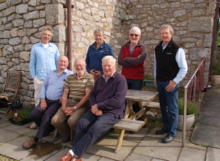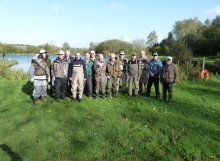Search
Recent Reports
Archives
- November 2021
- October 2021
- September 2021
- June 2021
- April 2021
- January 2021
- December 2020
- November 2020
- October 2020
- September 2020
- January 2020
- December 2019
- November 2019
- June 2019
- April 2019
- February 2019
- January 2019
- December 2018
- November 2018
- October 2018
- August 2018
- July 2018
- May 2018
- March 2018
- February 2018
- December 2017
- November 2017
- October 2017
- August 2017
- June 2017
- March 2017
- November 2016
- October 2016
- August 2016
- July 2016
- May 2016
- April 2016
- March 2016
- February 2016
- October 2015
- August 2015
- July 2015
- June 2015
- May 2015
- March 2015
- December 2014
- November 2014



